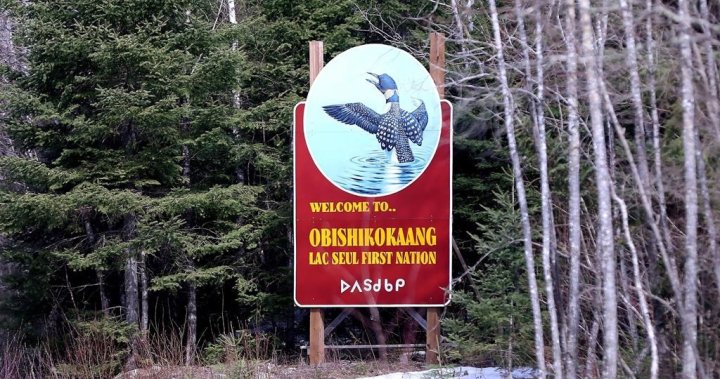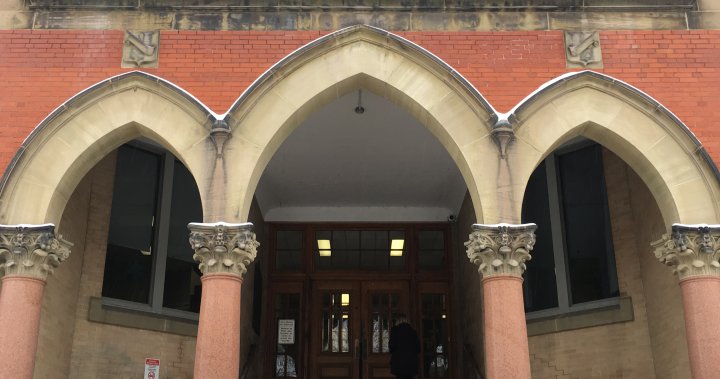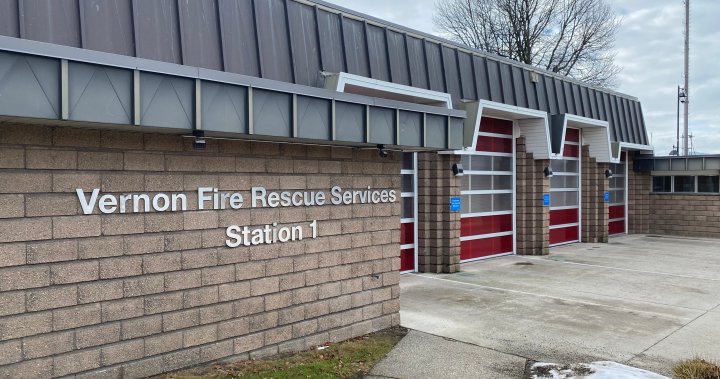A study has found air inside homes on four remote First Nations in northwestern Ontario contained carbon monoxide, fine particles, mould and other substances that increase the risk of respiratory infections.
The report’s author, David Miller, a distinguished research professor at Carleton University, says there are ways to improve ventilation.
“This is an opportunity not a black hole,” said Miller.
The study published last month tested the air in 101 homes on Lac Seul First Nation, Kasabonika Lake First Nation, Sandy Lake First Nation and Kitchenuhmaykoosib Inninuwug First Nation. Three of the communities aren’t accessible by road except during a short time in winter.
About 27 per cent of the homes had elevated levels of carbon monoxide. Almost half had visible mould.
“Ten per cent of the houses have enough mould damage that they should be fixed today, not tomorrow,” Miller said.
He said researchers also found endotoxin levels higher than in any previous study in Canada. Levels of the bacterial compound were 1,000 times higher than Miller said he has ever seen. When concentrations of endotoxins are high, they can impact lung function and cause a greater response to allergens, particularly in children.
Endotoxins can come from things like pets, humidifiers, firewood stored indoors and cigarette smoke. They are also more likely in rural areas rather than cities.
A related 2022 study of children from the same four First Nations in the Sioux Lookout region found that 21 per cent had been admitted to hospital for respiratory infections before the age of two. That study pointed to serious housing concerns as a contributing factor to health problems.
Get the latest National news.
Sent to your email, every day.
Housing on First Nations has been a long-standing issue across the country. Statistics Canada says more than one in five First Nations people live in overcrowded houses. More than one-third of people living on reserves are in homes in need of major repairs.
Many Indigenous leaders have said mould and dampness continue to plague homes on First Nations. Miller said other factors, including wood stoves for heating and inadequate ventilation, are also connected to poor air quality.
Miller said researchers for the latest study were granted permission from the communities, leadership and families living in the homes, predominately small detached bungalows. The project was developed under the guidance of the Nishnawbe Aski Nation, which represents First Nations in northern Ontario, and the Sioux Lookout First Nations Health Authority.
Forty-four per cent of the homes in the study had a heat recovery ventilator system, or HRV. Eight per cent of the systems were in good working condition.
The study says most of the HRVs were installed in crawl spaces, so they weren’t easy to access for filter cleaning and maintenance. Some were installed improperly and others were not turned on at all.
The study found most of the homes needed minor repairs and about half needed major repairs _ some urgently.
The location and isolation of the communities makes those repairs difficult, Miller said.
“It’s not like they can go to Canadian Tire down the street,” he said.
Nishnawbe Aski Nation declared a housing state of emergency in 2014. Last year, chiefs called on the federal and provincial governments to support a First Nation-designed strategy to address the housing crisis.
Miller said an ideal solution would be to have adequate housing on First Nations across the country. The study can help inform how homes are built in the future, including the location of HRVs, he added.
Miller said things can also be done to make the current situation healthier for families living in the homes.
Ventilation systems can be properly installed and maintained, he said, and mould can be managed.
Another important factor is education. Miller said researchers partnered with three Indigenous women from the communities to create materials about how to lessen the risks from wood stoves and mould, as well as information about how to maintain HRVs. The materials were also translated into Oji-Cree, the language used on the First Nations.
Taking these steps will not make the homes perfect, Miller said.
“But it will make a big difference in the health of those kids.”
© 2023 The Canadian Press




